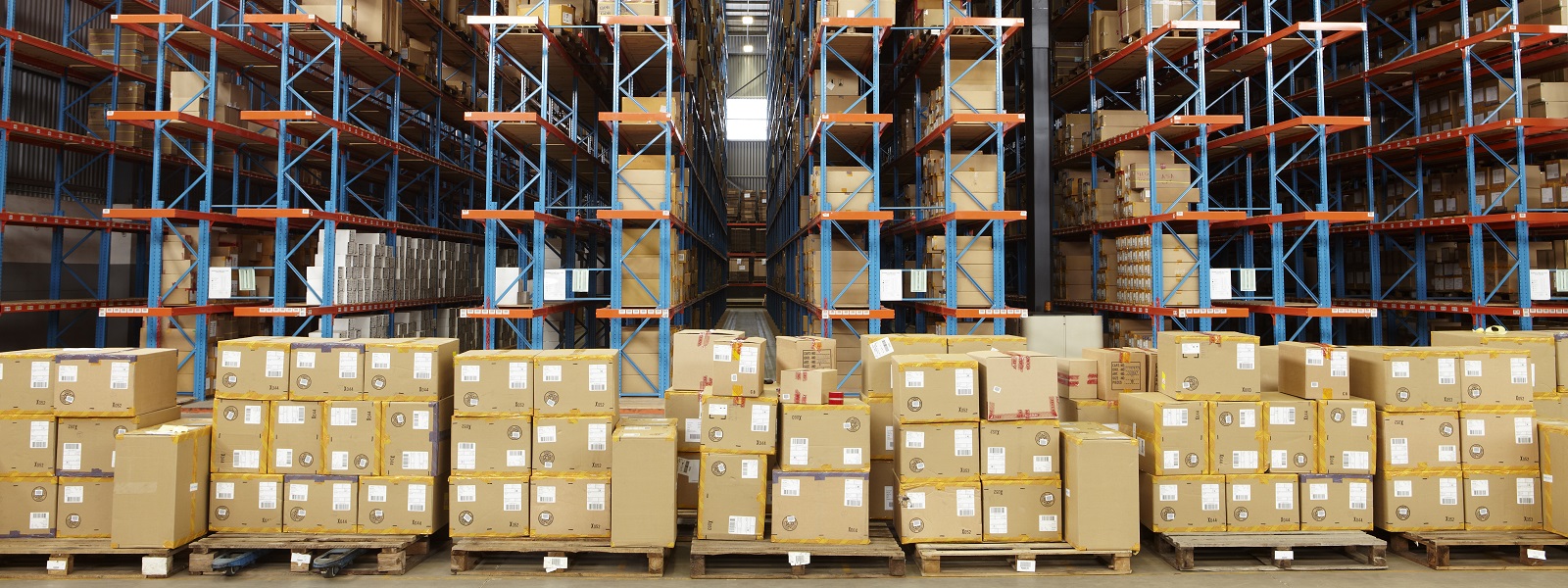After a relative drought, dealmaking in the energy, mining and utilities (EMU) sector regained momentum in 2016. The picture is mixed across the sub-sectors, but upside potential is clear; with the exception of 2014, the sector’s volume and value are at their highest points since 2007. Global EMU activity reached US$615.9 billion in 2016, compared to US$569.2 billion one year earlier, according to White & Case’s M&A Explorer. In value terms, the sector was second only to technology, media and telecommunications (TMT).
The US was the dominant geography, accounting for US$337 billion in 2016. That represents a sharp rise on the US$205 billion recorded in 2015.
Overall, private equity (PE) activity showed the sharpest increase, with values more than doubling from US$51.4 billion in 2015 to US$130.4 billion in 2016 – the highest value in the sector since 2010. This underscores PE houses’ ability to forge creative solutions in a credit-restricted environment.
Oil springs up
In the oil and gas space, deal counts and values were up again after a major tumble in 2015 – there were 541 deals worth US$353.1 billion in 2016, a year-on-year rise of 22% and 2% respectively. The biggest deal of the year was pipeline and storage company Sunoco’s announcement of a US$51.4 billion merger with Energy Transfer Partners in November, shortly after the US presidential election.
Indeed, the midstream market has been driving the industry. The standout cross-border deal (and second largest deal overall) saw Canada’s Enbridge acquire Houston-based Spectra Energy for US$40.7 billion in 2016, to create the largest North American energy infrastructure company. The deal reflects Enbridge’s push to diversify its portfolio from Canadian oil to include the growing US gas market.
However, big deals such as these do not necessarily portend an M&A bonanza. “Deal levels are still down on their peak,” says Eddie Leigh, managing director of energy private equity at Aberdeen-based investment bank Simmons International. “Beneath the juggernaut deals, there’s not as much activity as you might expect, and that’s often down to gaps still existing between buyer and seller valuations.”
Metals and mining bottoms out
The value of metals and mining M&A transactions were subdued in 2016, with a year-on-year slide of 22% in deal value in 2016 to US$33.4 billion – the lowest level in a decade. Ongoing depressed commodity prices in 2015 and the first half of 2016 resulted in a significant fall in asset values. Ongoing volatility and an ever-changing macroeconomic environment also made executing deals extremely difficult in the mining and metals sector in 2016.
However, the surge in metals’ prices in the second half of 2016, and expectations that the upward commodity price trend will continue through 2017 should exert a galvanizing impact on M&A appetite. Commodity price trends invariably shape buyer appetites. Price volatility inhibits dealmaking by eroding consensus on valuations. While declining prices spur more distressed deals, rising prices imbue greater confidence in adopting inorganic growth approaches for mining companies as witnessed in the 2011 metals price boom, which prompted an increase in M&A deals. Metal prices grew by 10% in Q4 2016, according to the World Bank, with prices pushed upward by strong demand. It sees metals prices increasing by 11% in 2017 due to tightening markets for most metals. That provides for potentially positive momentum for more deals this year.
Strategic restructuring and sovereign security were seen as driving an increase in high-value mining transactions in Q4 2016, including, in November, the completion of Alcoa’s Arconic spin-off of its downstream operations and Freeport-McMoRan’s sale of its majority stake in Congolese Tenke Fungurume mine.
In 2016 Mining firms sought to offload non-core assets as part of an effort to strengthen balance sheets in the face of these lower commodity prices. Prospects for better mining sector activity in 2017 rest on the green shoots seen in the final quarter of 2016. The industry closed 2016 on an upward trend, with a total M&A deal value of US$8.8 billion - that was 129% higher than Q4 2015. However with the sales processes triggered by balance sheet pressures completed and the dramatic improvement in commodity prices in the last quarter of 2016 2017, a whole new challenge faces the sector as many incomplete sales processes are cancelled and those seeking to acquire assets face a dearth of quality assets to add to their portfolios. For insights about how M&A may play out in the sector 2017, see “Mining & Metals 2017: A tentative return to form,” which reports findings from a survey of sector decision makers as to the possible direction of the industry in 2017.
Utility deals up, value down
In the utilities and power sector in 2016, deal volume was up by 6% to 169 deals. Deal appetite has emerged from both corporate and institutional buyers with notable demand from institutional buyers and infrastructure funds.
Noteworthy utilities deals centred on network infrastructure, such as the US$14.4 billion acquisition of a 61% stake in National Grid Gas Distribution by a consortium led by Macquarie Infrastructure and Real Assets, announced in December 2016.
On the horizon
Looking ahead, PE buyers appear poised to play a very prominent role in the EMU M&A space, with a US$175 billion war chest in committed capital for energy investments, according to Mergermarket.
However, there is a note of caution over PE buyouts, according to Simmons’ Leigh. “There may still be a lot of dry powder sitting there at the moment. But it’s hard to come by debt for new deals and this combined with the divergence between bid and ask makes dealmaking quite difficult for many PE guys and a lot of trade buyers as well.”
Better credit availability and stabilising commodity prices should deliver scope for a more sustained recovery in EMU M&A levels. In the hydrocarbons business, the upstream is looking healthier. In January 2017, supermajor ExxonMobil announced a doubling of its presence in the shale-rich Permian basin with a US$6.6 billion deal to buy a series of family-owned companies. This points to a potential resurgence in the US shale sector, which was hit hard by the 2015 commodity price plunge.
If oil prices sustain a steady pickup to around US$55/bbl, then dealmaking should become that much easier. “With such underlying pricing, you will see rising activity levels and a line of sight to profits starting to return to more normal levels. With this clearer earnings visibility, you will then see a move back to valuation levels and deal structures that can work for both buyers and sellers,” says Leigh.
In the utilities space the picture is different. Activity may decline in 2017, with rising interest rates sapping buyer appetite. PWC notes that network infrastructure deals that dominated in 2016 should continue in 2017, but are unlikely to match the 2016 total.
For metals and mining deals, there is some optimism around more high-value deals such as the restructuring deal between Baoshan Iron & Steel and Wuhan Iron & Steel Group – which will create the world’s second-largest steelmaker. Much inevitably hinges on the trajectory of commodity prices - were prices to stagnate, that would open the door to more distressed M&A deals.





